Scenic Insights
Welcome to Scenic Insights — a curated collection of reflections, case studies, and tutorials from the world of scenic design. Here, I share thoughts on the creative process, documentation techniques, and emerging tools that shape how we design for stage and screen.
Starting out as a scenic designer can feel overwhelming—every detail revised, every choice questioned. But with time, revisions shrink, and the work begins to feel like your own. The quiet moment comes when the notes are small, and you finally recognize: this is your voice.
Scenic renderings are more than visual polish—they’re moments of story, frozen in light and space. In this post, I break down what makes a scenic rendering effective, from composition and atmosphere to the emotional weight of lighting and color.
From the beginning, it was clear the scenic language needed to support a nonlinear dramaturgy. The play leaps between beach and cathedral, war zone and heaven. Characters slip between time and identity. Puppetry, projections, and movement required the space to transform without literalism.
At URTAs, I froze. A designer I admired asked how I’d change an old ground plan—and I blanked. His response stuck with me for years. But that moment taught me something far more valuable than any praise could have: the instinct to re-enter your work.
There's a portrait that watches over the Macklanburg Playhouse. If you've ever performed there, you've seen it—Maude Adams, eyes just over your shoulder as you step into the light. The original Peter Pan. A Broadway icon. But more than that: a pioneer in theatrical lighting and the former head of the drama department at Stephens College.
AI tools are reshaping design, but Sora offers something uniquely valuable for scenic designers. By enhancing rather than replacing existing renderings, it creates space for collaboration and clarity. These experiments explore how AI might complement traditional craft—helping emerging designers adapt without losing their voice.
Designing All My Sons at Stephens College in 2010 was a turning point in my journey as a scenic designer. Rooted in personal history and Miller’s enduring themes, the set embodied realism, symbolism, and collaboration—capturing both the promise of post-war America and the moral weight beneath it.
Theatre designers depend on computers as much as pencils and sketchbooks—but when hardware lags behind software, creativity suffers. From scenic rendering to lighting visualization, understanding CPUs, GPUs, and memory isn’t just technical trivia—it’s essential knowledge that protects your workflow, your time, and ultimately, your artistry.
Scenic design is more than decoration—it’s a way of shaping space with authenticity and intention. Reflecting on my journey, I explore how theatre, technology, and education inform my creative philosophy, and why building meaningful environments matters in a landscape dominated by trends and algorithms.
This new course project highlights how theatrical training extends beyond the stage. Students at Stephens College designed a Studio Ghibli–inspired immersive restaurant, blending scenic design, costume, branding, and menu development into a professional-scale themed entertainment pitch. The result: a fully realized dining concept where storytelling and hospitality merge into a multi-sensory guest experience.
The scenic design process is both creative and technical, balancing vision with collaboration. From script analysis and research to rehearsals, construction, and opening night, each stage offers unique challenges. This guide breaks down preproduction, production, and post-production, serving as a roadmap for aspiring scenic designers.
Theatre students are often called “digital natives,” but many lack the computer literacy needed for design and production work. From hardware basics to file management and AI ethics, integrating tech education into theatre curricula empowers students to make smarter choices and thrive in today’s digital industry.

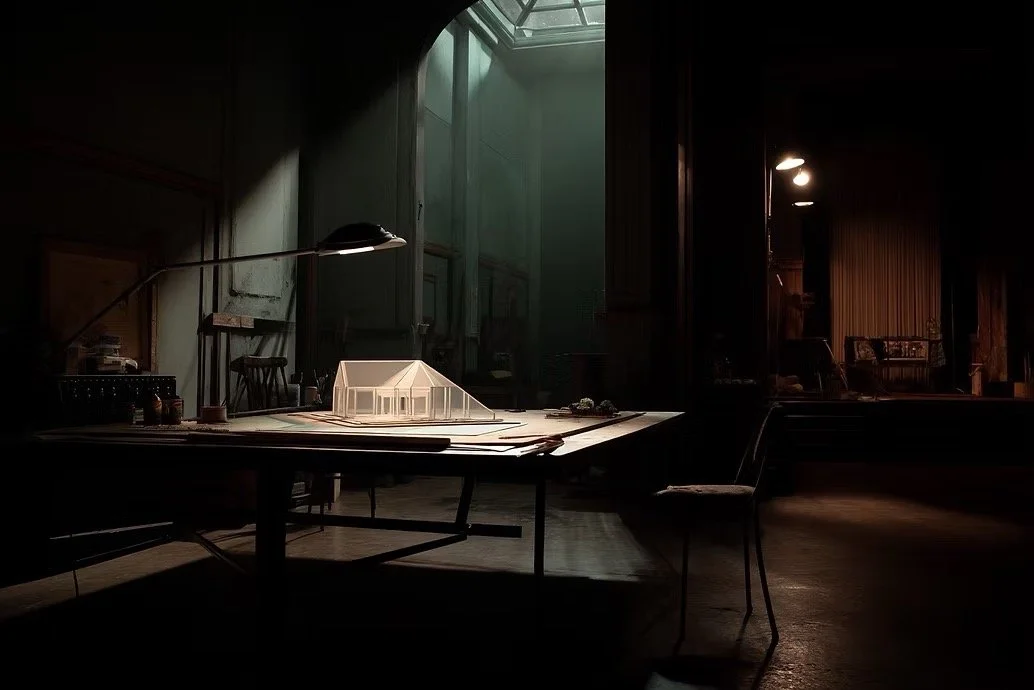
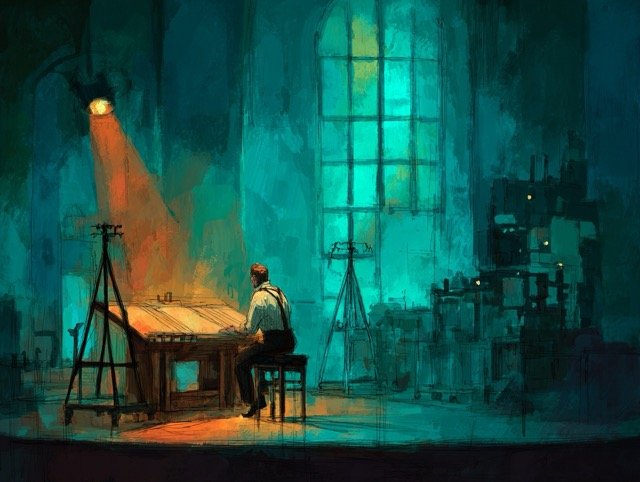

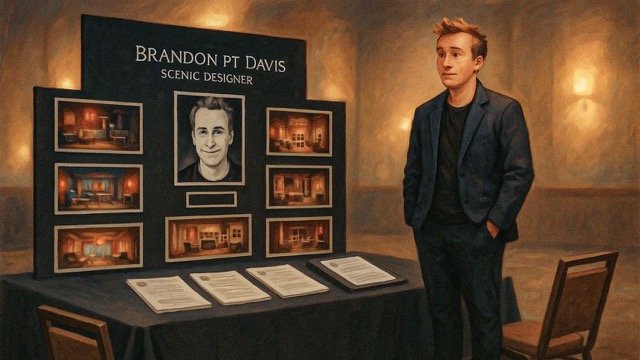

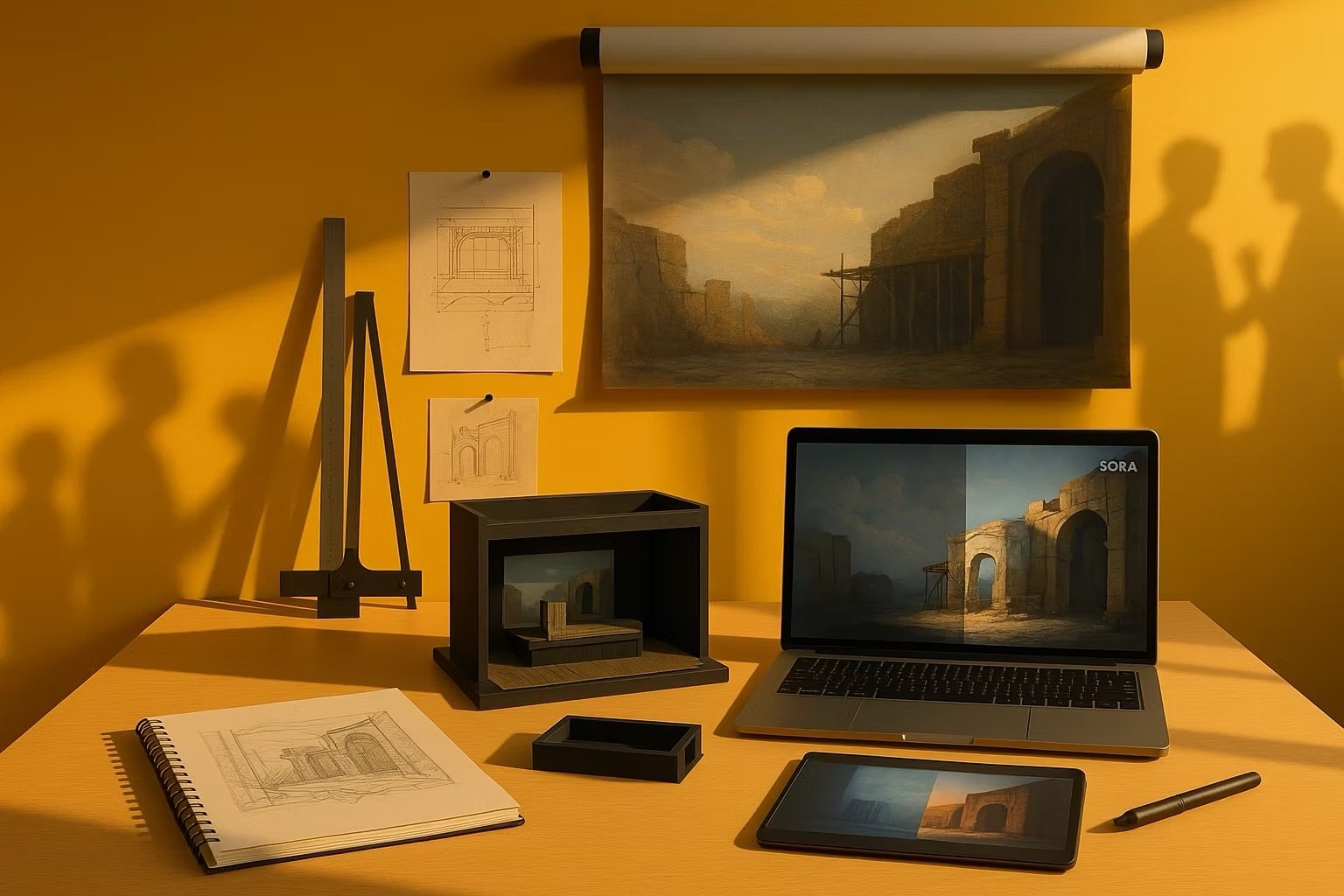



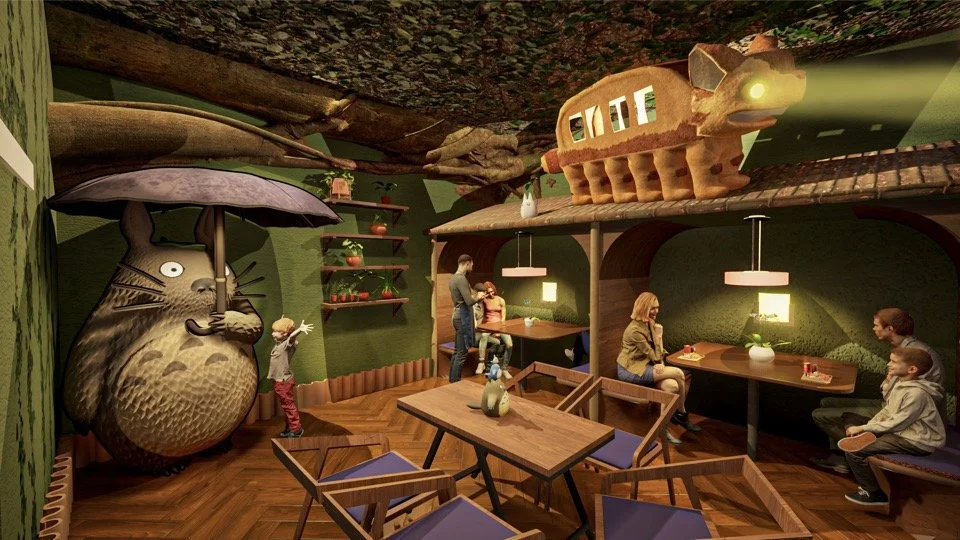
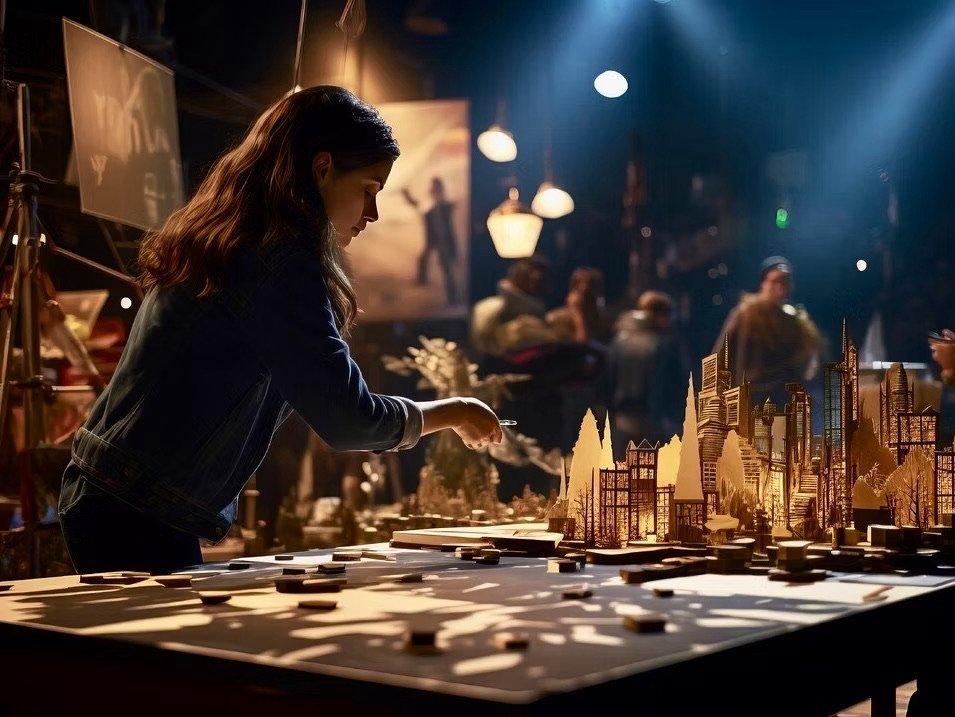

Drawing from my years of experience as a professional designer, I've developed a structured approach to craft presentations that simplify the complex narrative of our design process and magnify the impact of our message. I am thrilled to share this methodology with you in this article.